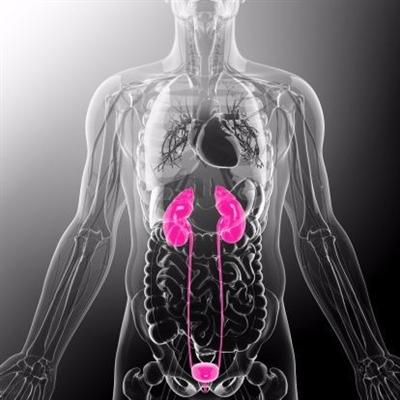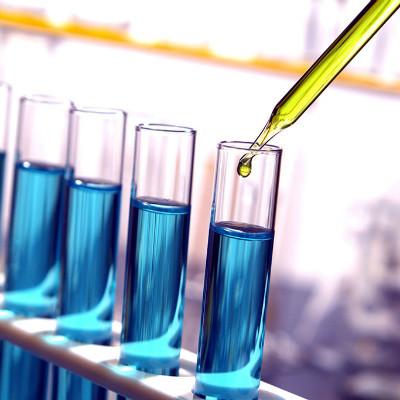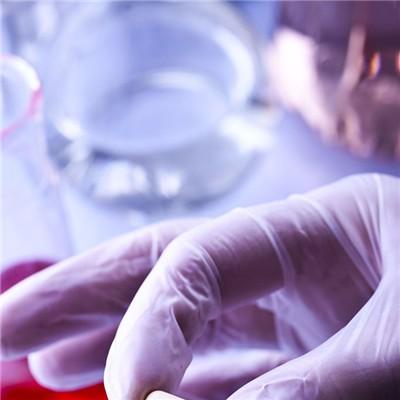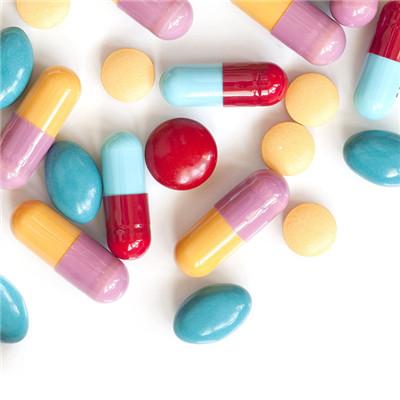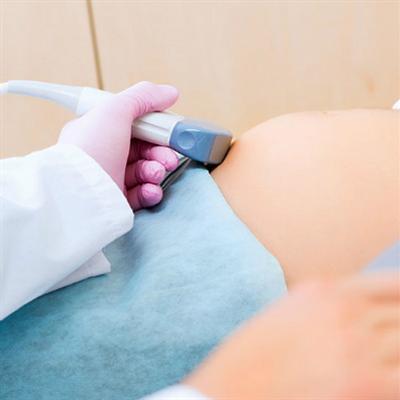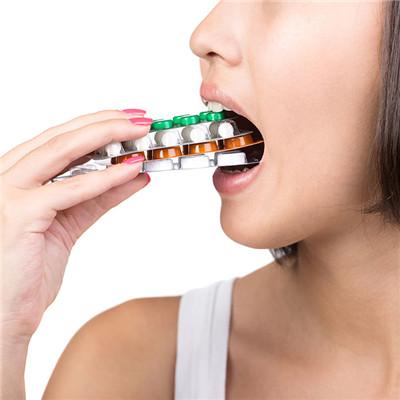What symptom does neonatal jaundice have?
summary
Neonatal jaundice symptoms mainly include physiological jaundice symptoms and pathological jaundice symptoms. Physiological jaundice symptoms are not as serious as pathological jaundice symptoms. Pathological jaundice symptoms mainly include three kinds: infectious jaundice symptoms, hemolytic jaundice symptoms and obstructive jaundice symptoms. Although physiological jaundice generally does not need treatment, but parents still can not take it lightly. What symptom does that neonatal jaundice have?
What symptom does neonatal jaundice have?
Physiological jaundice was light yellow, limited to the face and neck, or affected the trunk, sclera can also be yellow, 2-3 days later subsided, to 5-6 days skin color returned to normal; In severe cases, jaundice can also spread all over the body, vomit and cerebrospinal fluid can also be stained yellow for more than one week, especially in individual premature infants, which can last for up to four weeks. Their feces are still yellow, and there is no bilirubin in urine.
Jaundice light color was light flower color, heavy color is deeper, but the skin is ruddy yellow red. Jaundice is more common in the trunk, sclera and proximal extremities, but generally elbow and knee. Neonatal general condition is good, no anemia, liver and spleen is not swollen, normal liver function, no nuclear jaundice. Physiological jaundice is more common in preterm infants than in full-term infants, which can be slightly delayed for 1-2 days. The degree of jaundice is more severe, and it can be delayed to 2-4 weeks.
General neonatal jaundice 2-3 weeks will subside, but to breast-feeding baby, it will last 1-2 months. This is because after the baby drinks the breast milk, it will decompose the fat in the breast milk and produce fatty acids. Fatty acids can inhibit the decomposition of bilirubin acid element, resulting in the persistence of jaundice, this phenomenon is called breast milk jaundice. About 10-15% of babies who mainly drink breast milk will have breast milk jaundice. Parents can rest assured that breast-feeding jaundice will not have any impact on the development and growth of the baby. They can continue to breast feed the baby as before.
matters needing attention
Breast milk can also cause neonatal jaundice. Because breast milk contains substances that make bilirubin metabolism abnormal, it can make infants appear hyperbilirubinemia and prolong the duration of jaundice. Its characteristic is that physiological jaundice lasts for 1-3 months, but there are no other symptoms, and the growth and development of infants are normal.
